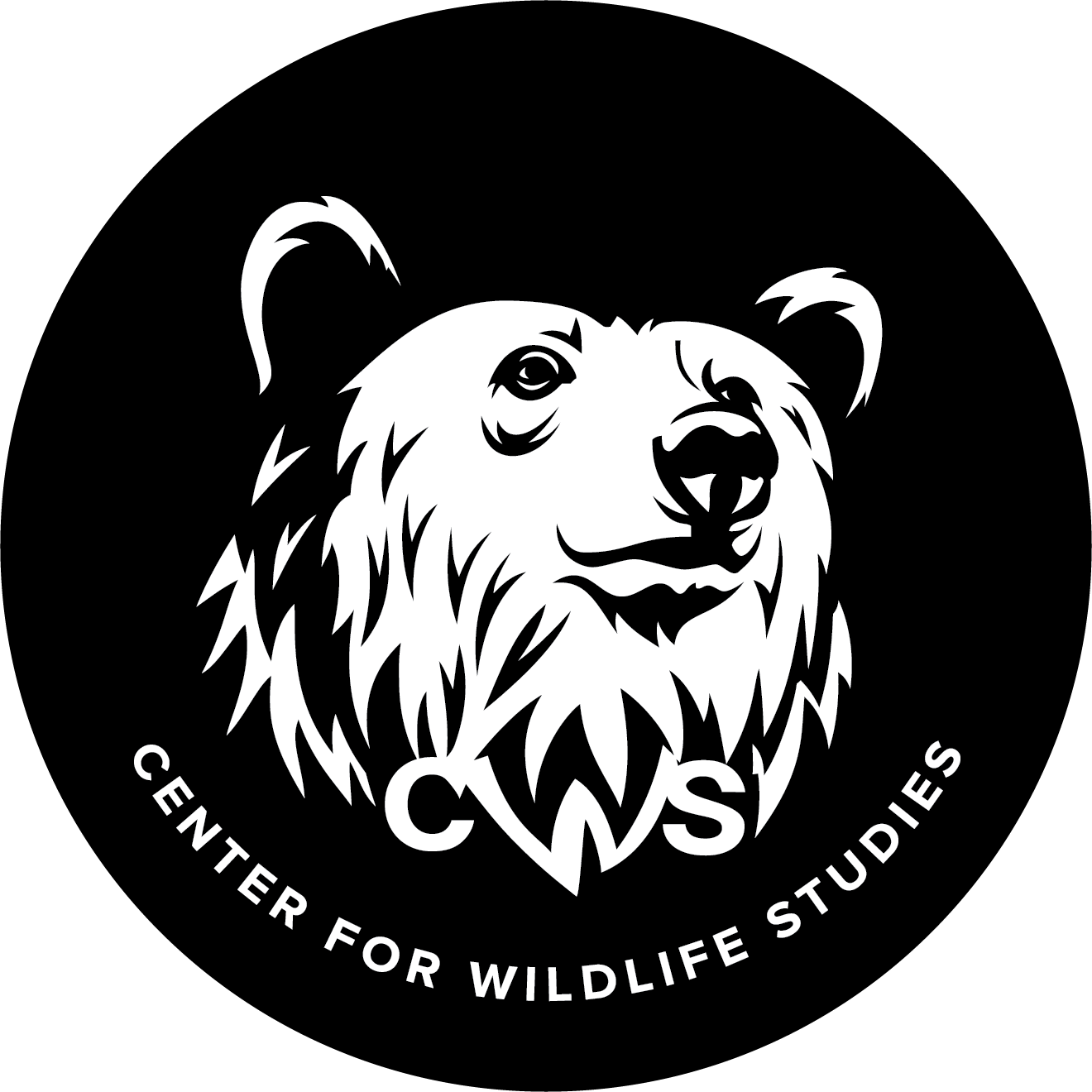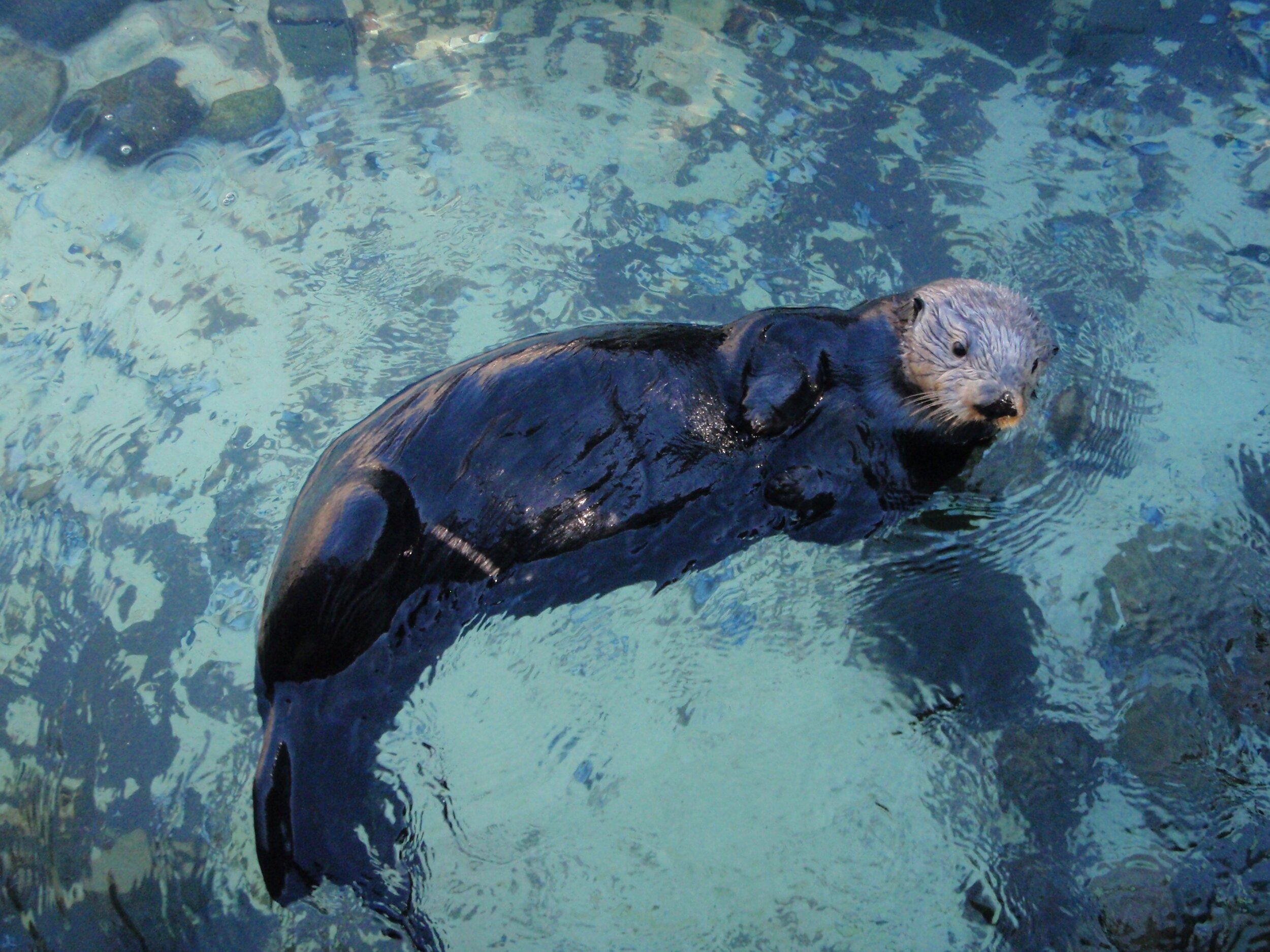Forensic Application of Stable Isotopes to Distinguish between Wild and Captive Turtles
In a world that is rapidly changing, it is more important than ever to develop the appropriate field methods and statistical tools to measure the impact people have on wildlife. Recently, CWS faculty, Drs. Jack Hopkins and Cheryl Frederick, used stable isotopes from captive mice to develop a statistical model that can be used to estimate the anthropogenic diets of free-ranging mammalian omnivores around the world.
To demonstrate its use, they measured the corn-based diets of black bears from Wisconsin and brown bears in Slovenia and found that corn bait may have been a more important component of bear diets in Wisconsin than previously thought and male brown bears may have fed on 50% more supplemental corn in autumn during a year when natural food availability was in short supply.
New Publication: Measuring the Impact of Corn on Mammalian Omnivores
In a world that is rapidly changing, it is more important than ever to develop the appropriate field methods and statistical tools to measure the impact people have on wildlife. Recently, CWS faculty, Drs. Jack Hopkins and Cheryl Frederick, used stable isotopes from captive mice to develop a statistical model that can be used to estimate the anthropogenic diets of free-ranging mammalian omnivores around the world.
To demonstrate its use, they measured the corn-based diets of black bears from Wisconsin and brown bears in Slovenia and found that corn bait may have been a more important component of bear diets in Wisconsin than previously thought and male brown bears may have fed on 50% more supplemental corn in autumn during a year when natural food availability was in short supply.
CSI Sea Otter: The dead DO tell tales
CWS wildlife veterinarian Tristan Burgess, joins a team lead by the California Department of Fish and Wildlife, in compiling one of the most extensive and thorough studies consisting of one specific wildlife population. Over a period of 15 years, 560 deceased southern sea otters were examined to understand their causes of mortality.
Closely monitoring and interpreting sea otter health and causes of mortality can help government agencies and communities pursue better conservation efforts and policies to improve human health and restore the sea otter population.
Making Massachusetts Home to Loons, Once Again
Due to harmful human activities including the 2003 Bouchard oil spill in Buzzards Bay, the Common Loon population in Massachusetts has dropped significantly. Together, Biodiversity Research Institute biologists and CWS wildlife veterinarian Tristan Burgess, are working towards rebuilding the population by translocating loon chicks to lakes in Massachusetts.







